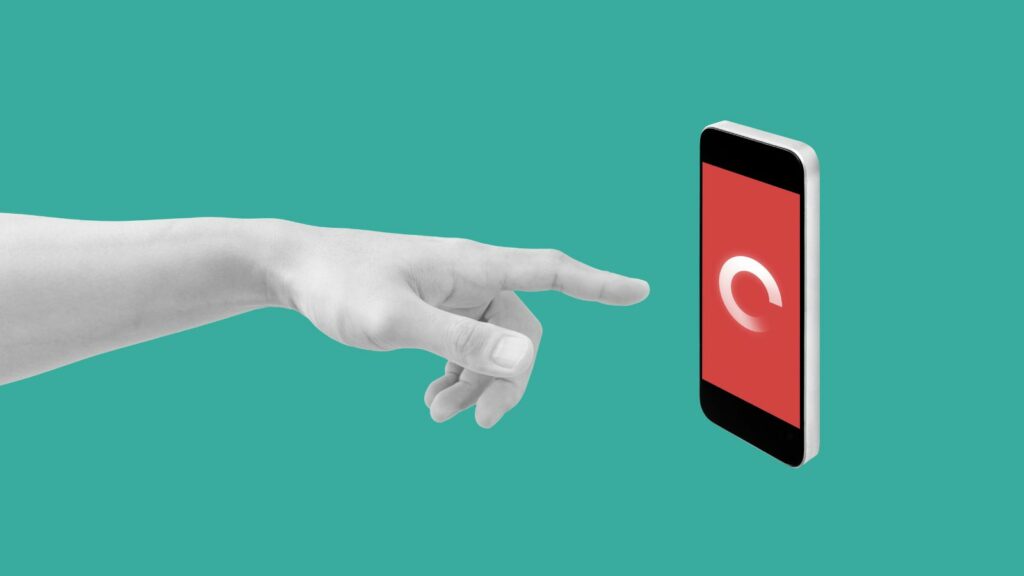Most people are dominated by digital devices, both in the workplace and at home. But, the concept of digital minimalism aims to limit tech usage to reclaim focus and well-being is becoming a trend. From prioritizing offline interactions to decluttering apps, digital minimalism is the way forward for many people seeking a simpler life. We take a look at. 22 surprising ways digital minimalism is so popular:
Social Media Breaks Are Becoming the Norm
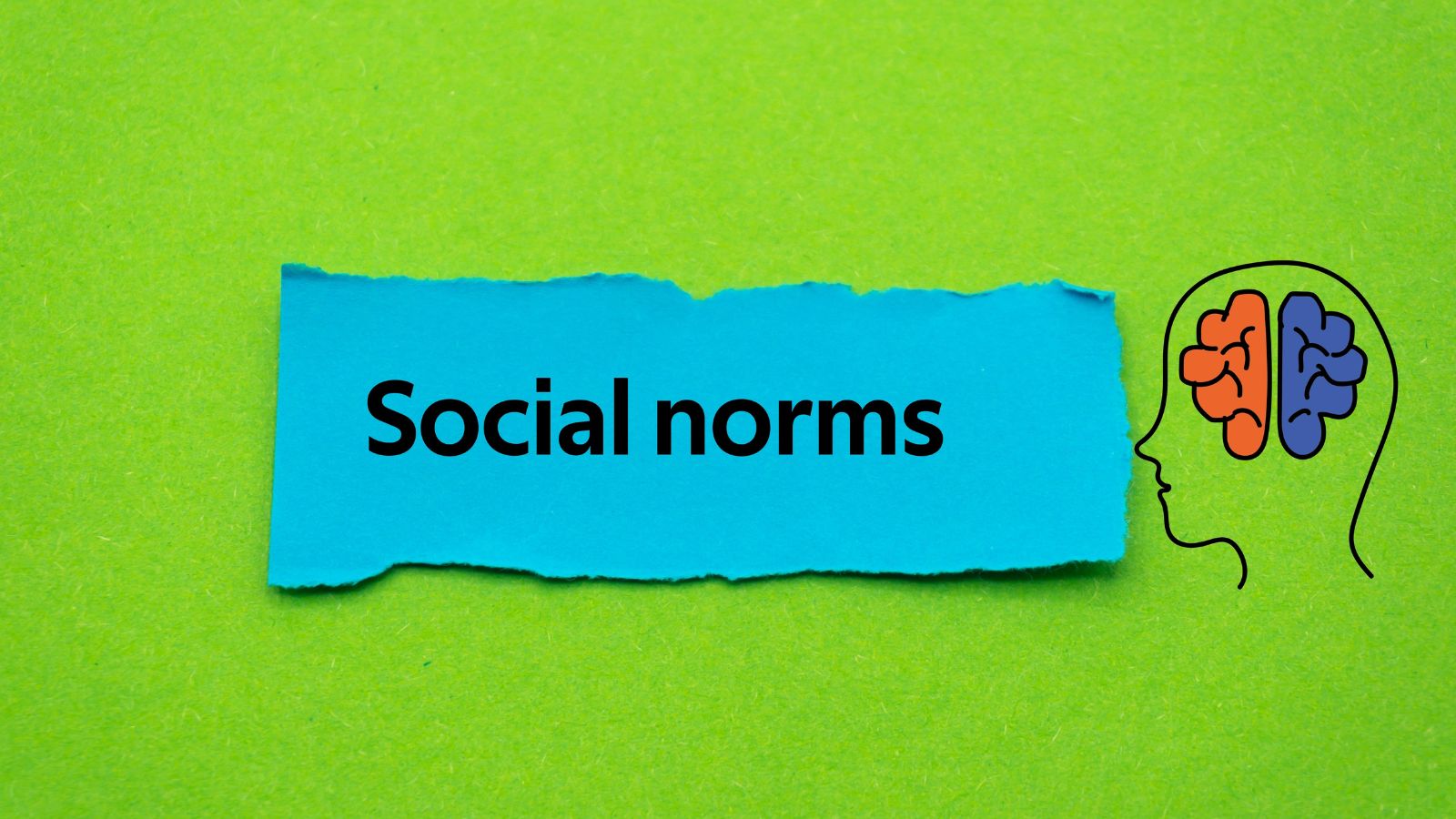
More people are experimenting with “social media detoxes,” temporarily deleting apps or taking breaks to experience life without constant updates. These breaks allow individuals to reset their relationship with social media, often returning with a more intentional approach.
Encouraging Digital Sabbaticals
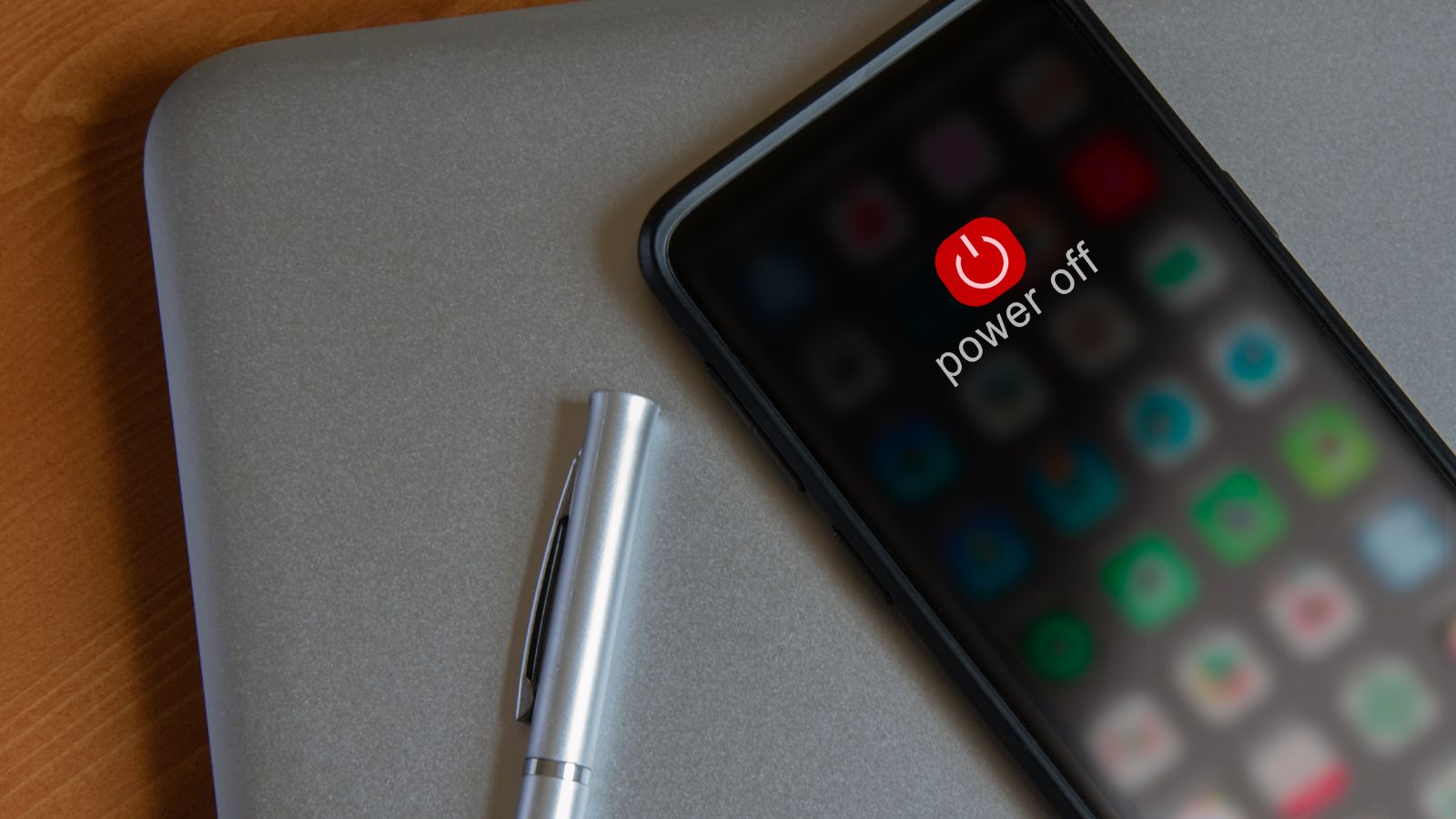
Digital sabbaticals, taking extended breaks from digital devices—are becoming popular, often ranging from a weekend to a month. These sabbaticals allow individuals to fully unplug, reset and reconnect with the offline world.
Increased Focus on Mental Health Benefits
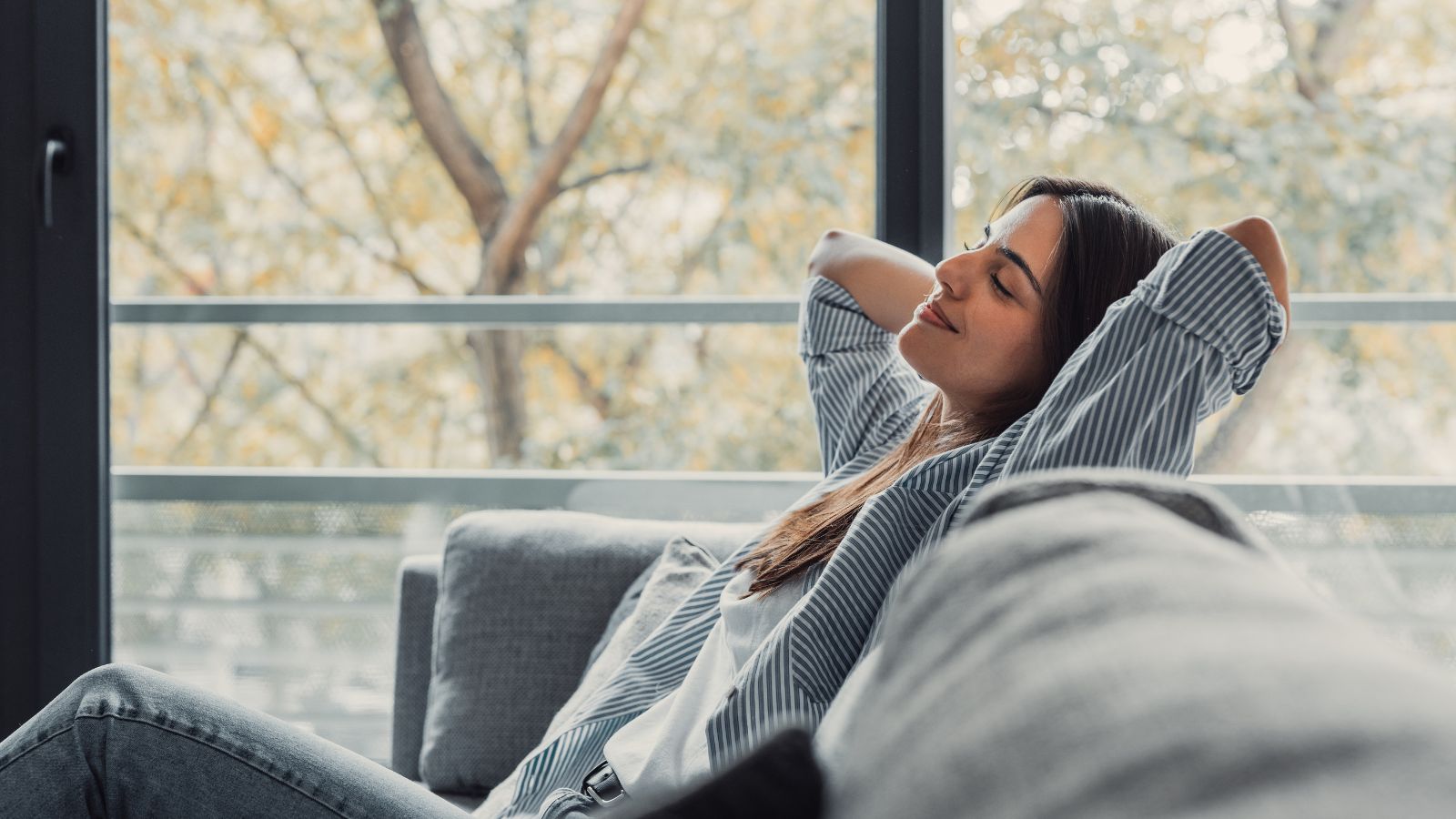
The mental health benefits of digital minimalism are widely recognized, with studies showing that reduced screen time correlates with lower stress, improved sleep and increased happiness. Many people are adopting digital minimalism for the emotional and mental clarity it provides.
Simplifying Home Screens

Organizing smartphone home screens with only essential apps, or using features like “focus mode” and “digital wellbeing,” is becoming popular as people aim to make their screens less visually distracting and more functional.
Switching to Basic or “Dumb” Phones

Some digital minimalists are swapping their smartphones for basic models with limited functions, focusing on calls, texts and perhaps a few other simple tools. This trend helps people avoid the constant notifications and apps that pull their attention.
Choosing Dedicated E-Readers Over Tablets
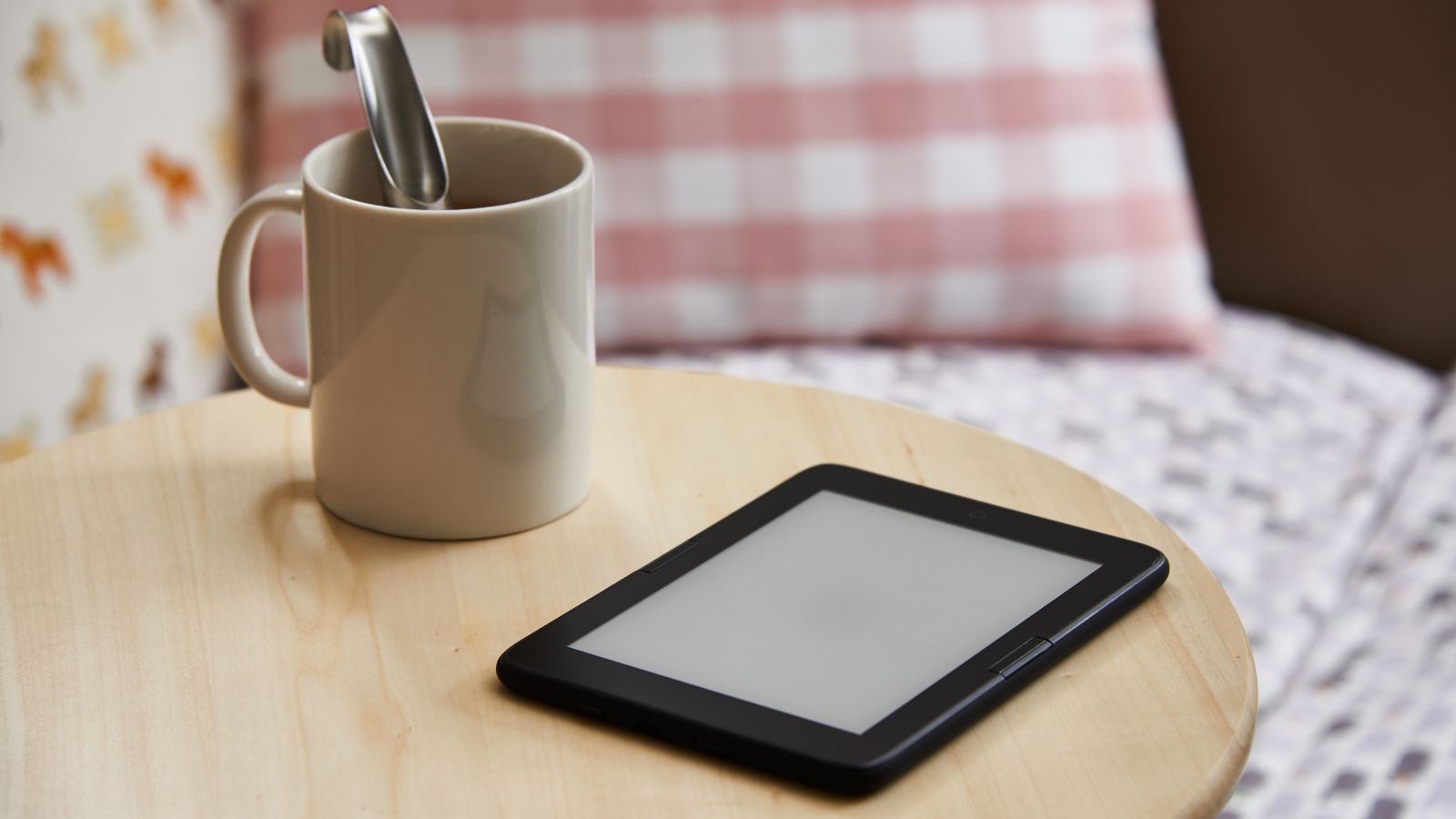
Rather than using multifunctional tablets, some readers are returning to dedicated e-readers, like the Kindle, to avoid distractions from apps, notifications and social media. E-readers encourage focused reading without interruptions.
Setting Tech-Free Hours
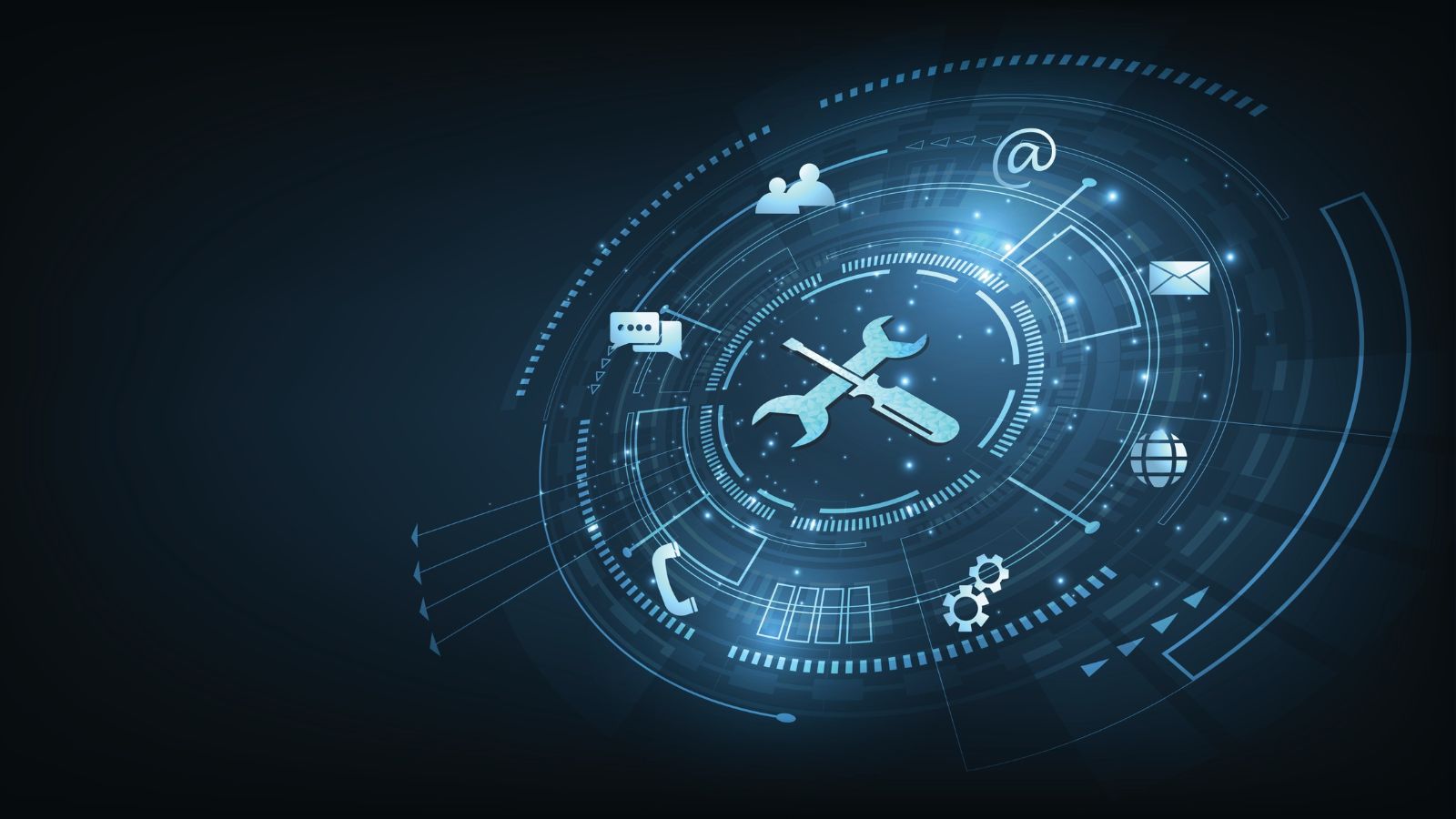
Tech-free hours, where all digital devices are set aside, are becoming common in households. Families and individuals set designated times, often during meals or before bed, to disconnect, encouraging offline connections and unwinding.
Prioritizing “Mindful Use” of Devices

People are using time-tracking apps to monitor digital habits and set personal goals for phone usage. By tracking time on screens, they become more aware of their habits and can make conscious decisions to reduce excessive screen time.
Decluttering Digital Files
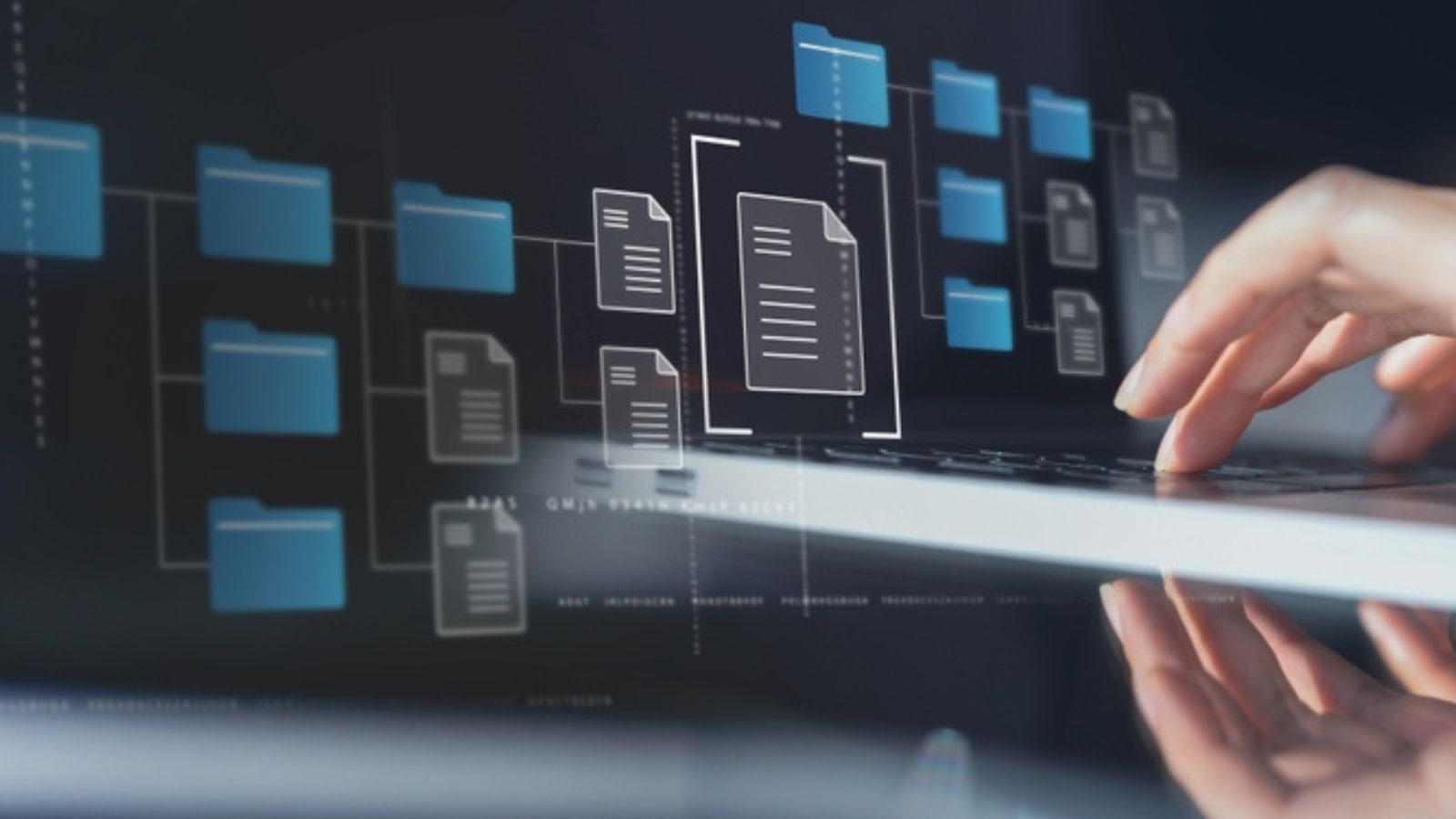
Just as people declutter physical spaces, they’re organizing and deleting unnecessary digital files, including emails, photos and documents. This practice not only frees up storage but also creates a more organized digital life.
Reducing Notifications for Mental Clarity
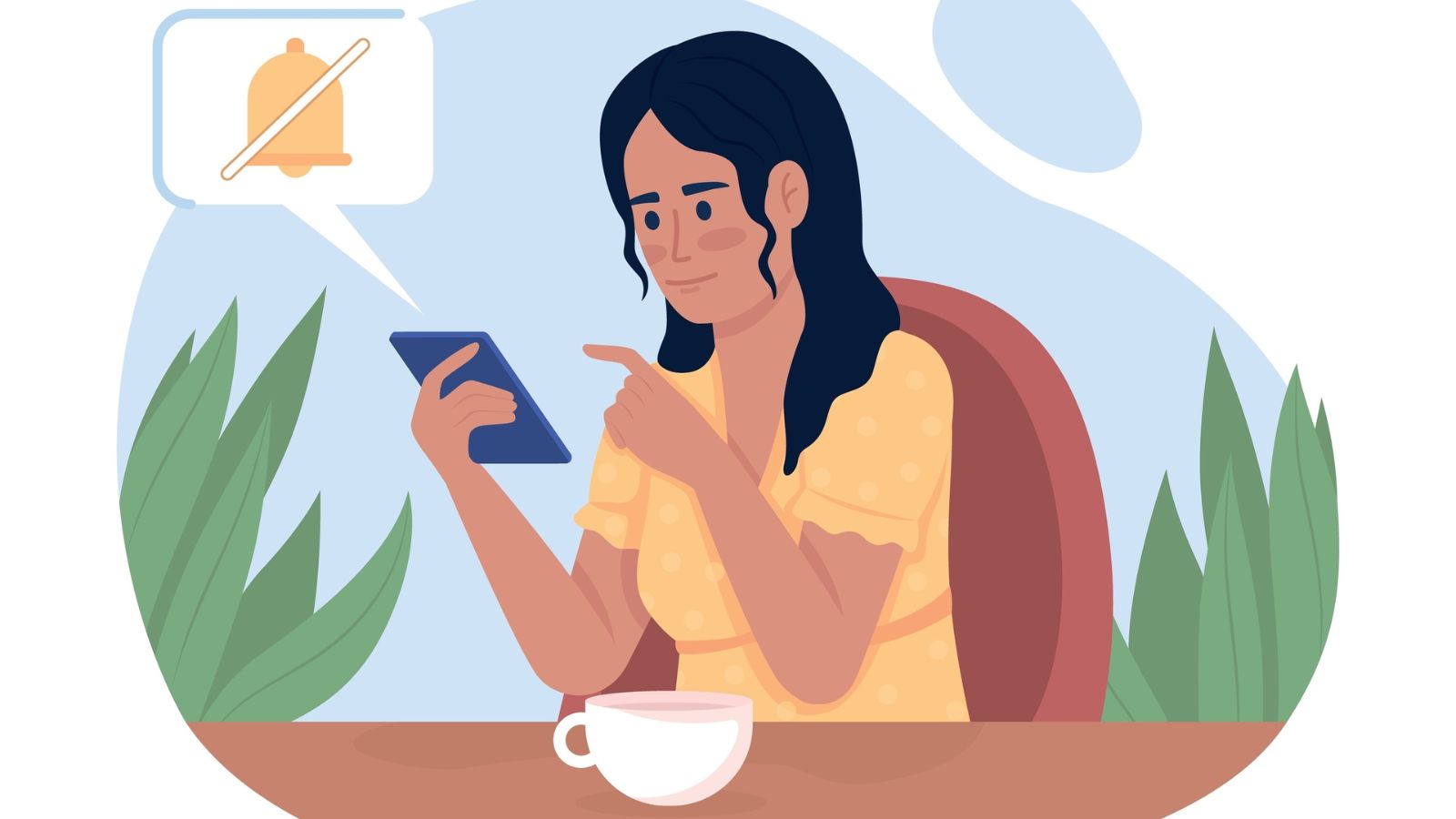
People are turning off or customizing notifications to avoid constant pings and interruptions. With fewer notifications, they regain control over when and how often they check their devices, reducing stress and improving focus.
Switching to Paper Notebooks and Journals

Using physical notebooks and journals instead of digital note-taking apps has gained popularity as people seek tactile ways to document their thoughts and experiences. Writing by hand can feel more deliberate and less distracting.
Limiting App Usage with Built-In Digital Wellbeing Features

Many smartphone users are setting limits for specific apps using digital wellbeing tools built into their devices. By restricting app usage to a certain number of minutes per day, they maintain access without overindulging.
Embracing Physical Books

For avid readers, physical books are becoming the go-to option. Many people find that reading on digital screens leads to more distractions and appreciate the simplicity of printed books, which allow for undivided attention.
Investing in Quality Over Quantity for Digital Content
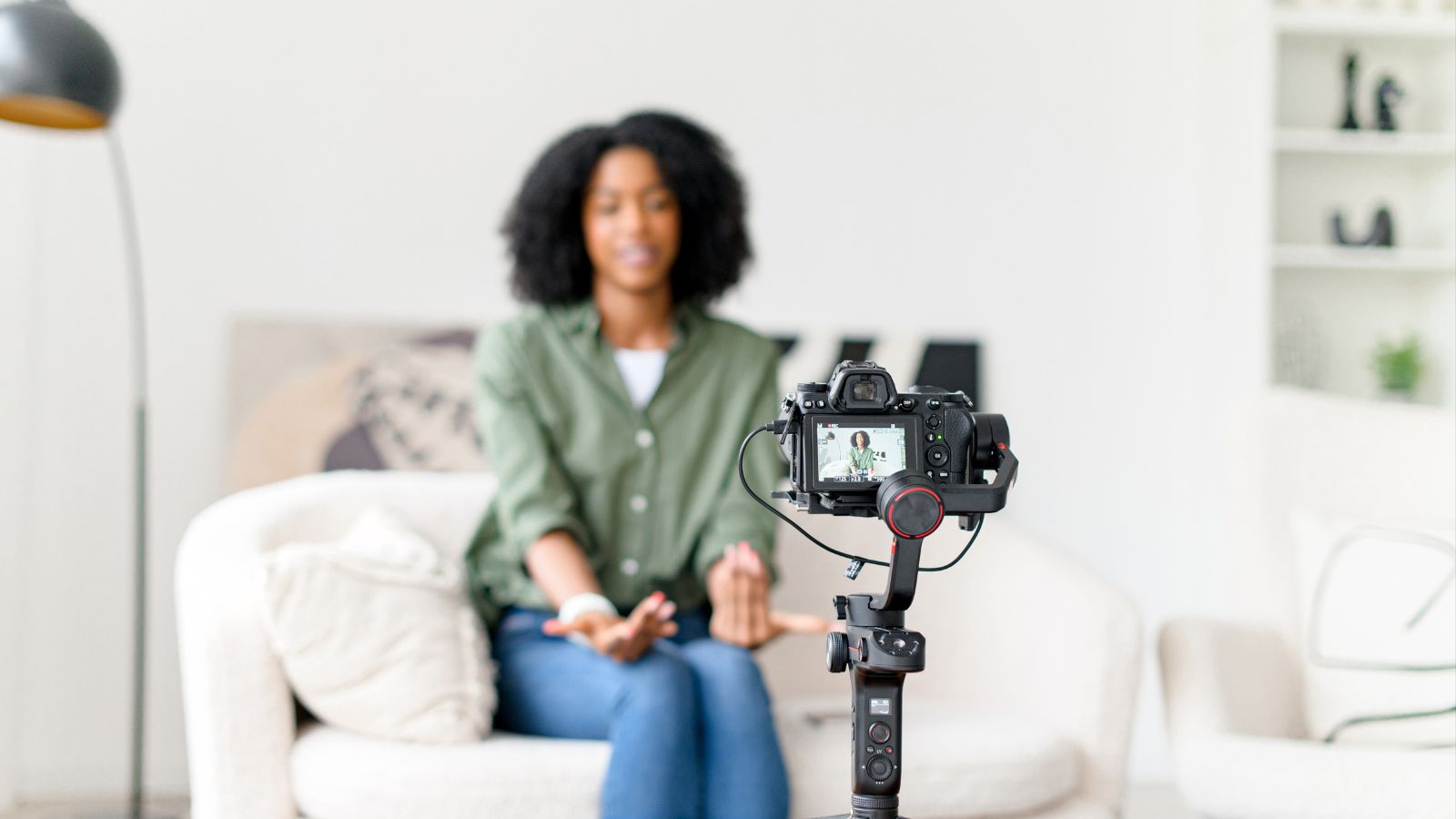
Rather than mindlessly consuming content, people are curating high-quality media that aligns with their values and interests. This shift from quantity to quality means fewer time-wasting videos and more meaningful content.
Reevaluating Social Media Follows
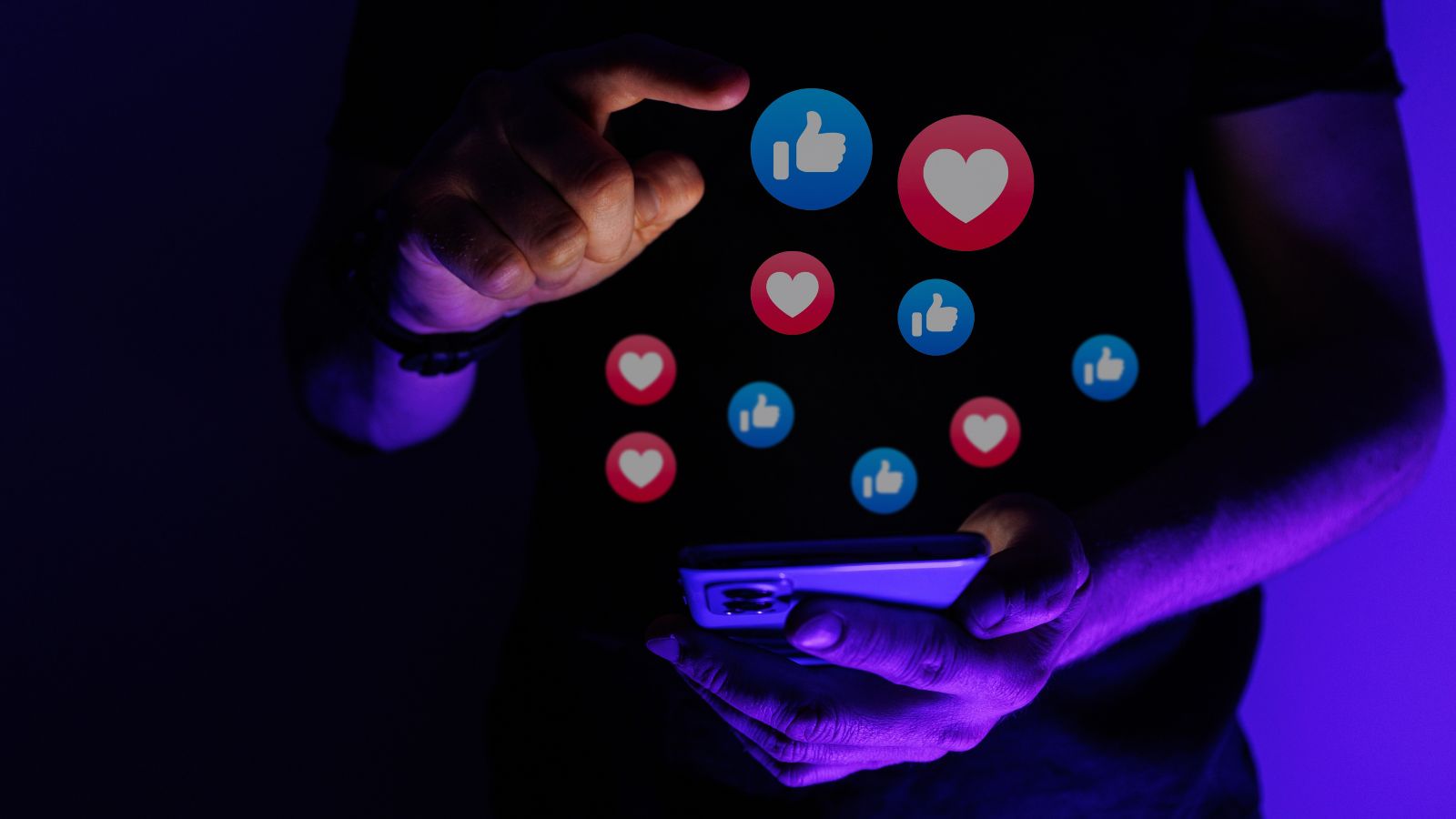
Digital minimalists are regularly reviewing their social media followers and unfollowing accounts that don’t align with their values or interests. This reduces clutter in their feeds, helping them focus on what truly matters.
Encouraging Face-to-Face Interactions

To reduce reliance on digital communication, many people are prioritizing in-person or voice interactions over texting and social media messaging. This helps foster more meaningful relationships and reduces dependence on digital platforms.
Subscribing to Newsletters Over Social Media for Updates
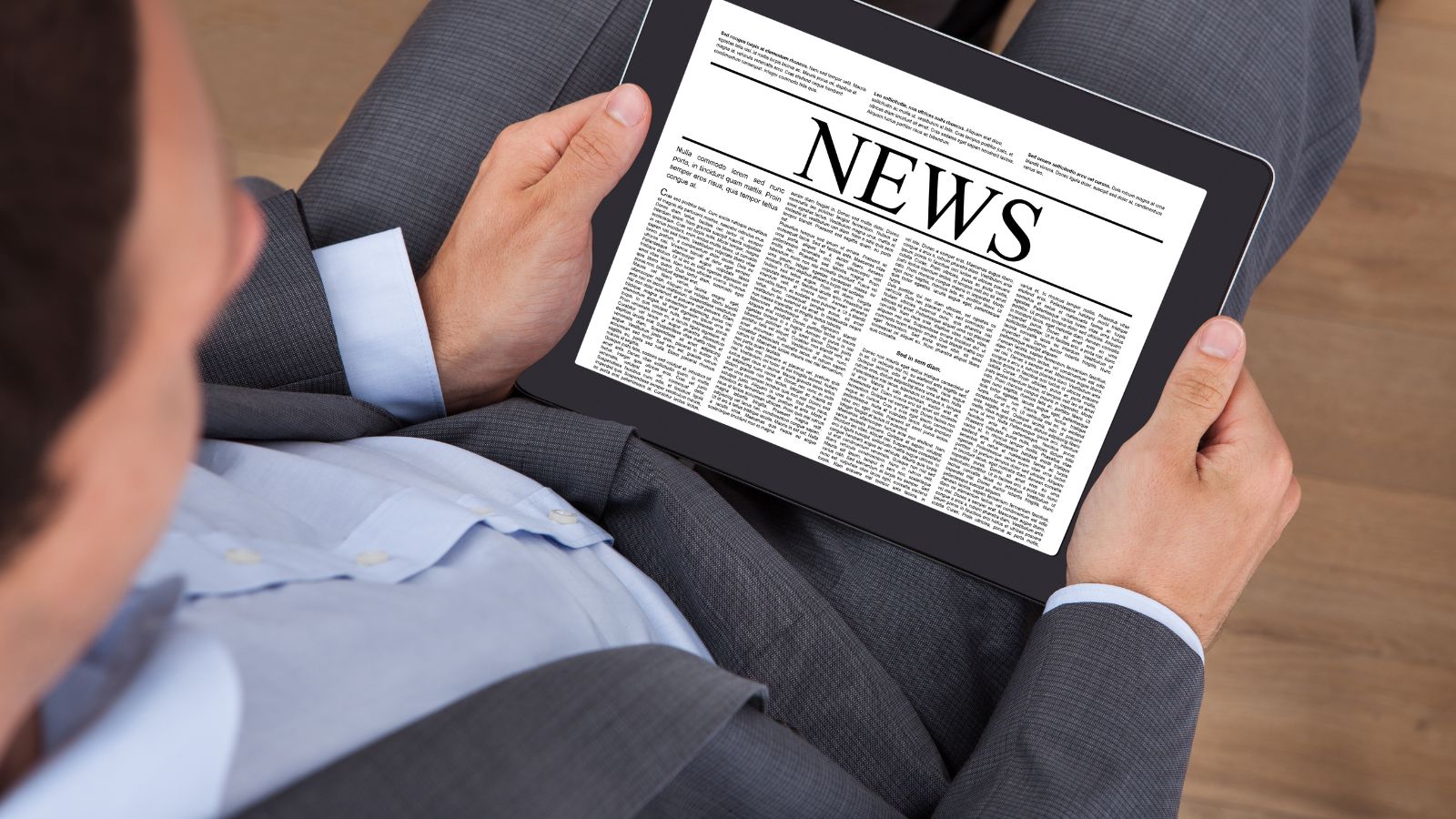
Many are subscribing to weekly or monthly newsletters instead of relying on social media for news and updates. Newsletters often provide curated, focused information, while social media tends to be more distracting.
Spending Less on Digital Subscriptions

People are taking a close look at their digital subscriptions, canceling those that don’t add significant value. By cutting unnecessary services, they save money and avoid feeling overwhelmed by an excess of digital content.
Turning Off Work Notifications Outside of Hours

A growing number of workers are implementing “do not disturb” settings outside of work hours to create a clear boundary between professional and personal life. This change supports a healthier work-life balance.
Using Apps Specifically for Digital Detoxes
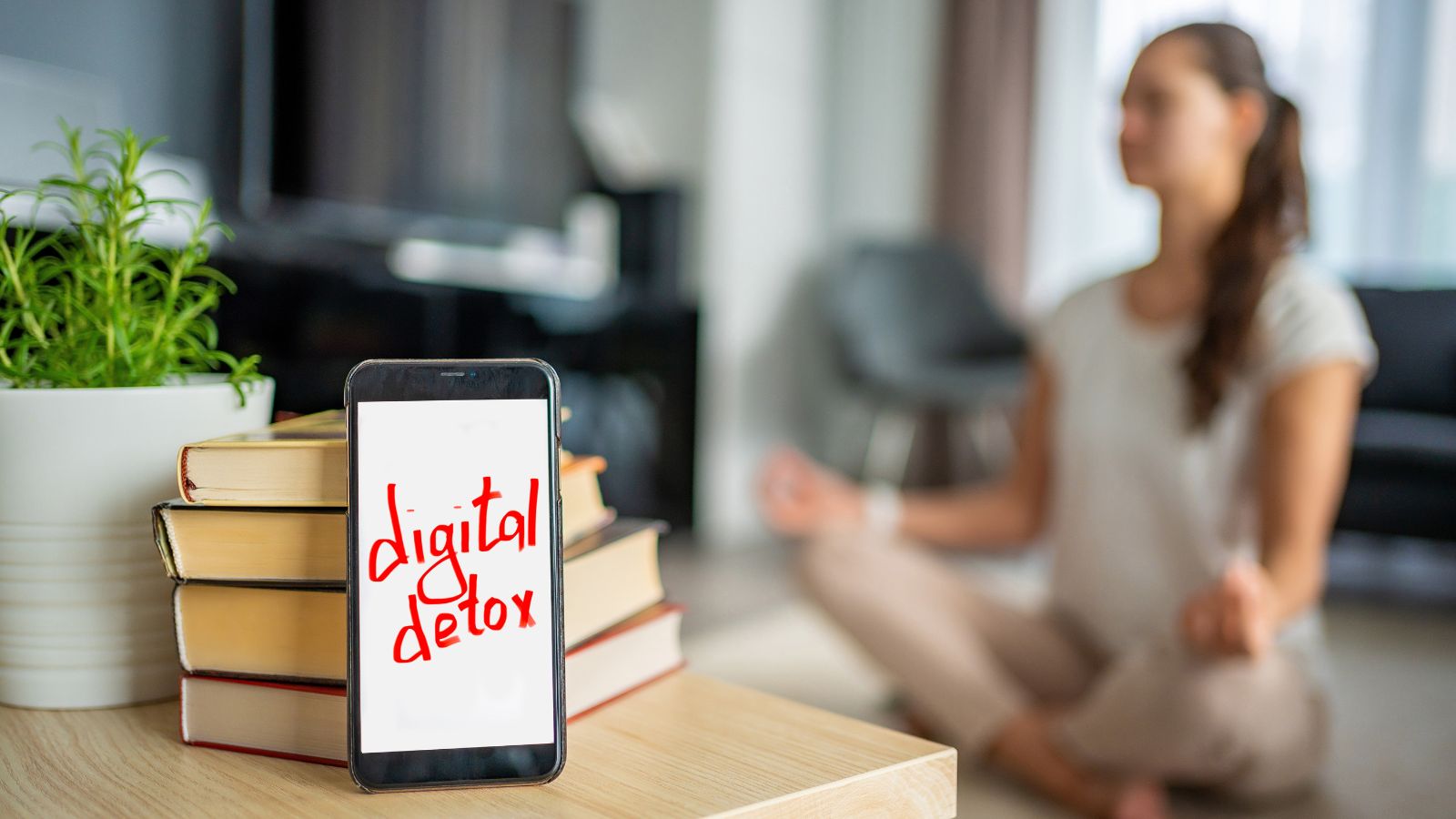
Several apps are designed to encourage digital minimalism by helping users unplug, meditate, or even lock their phones during set periods. These tools support users in developing healthier digital habits.
Investing in Experiences Over Digital Purchases
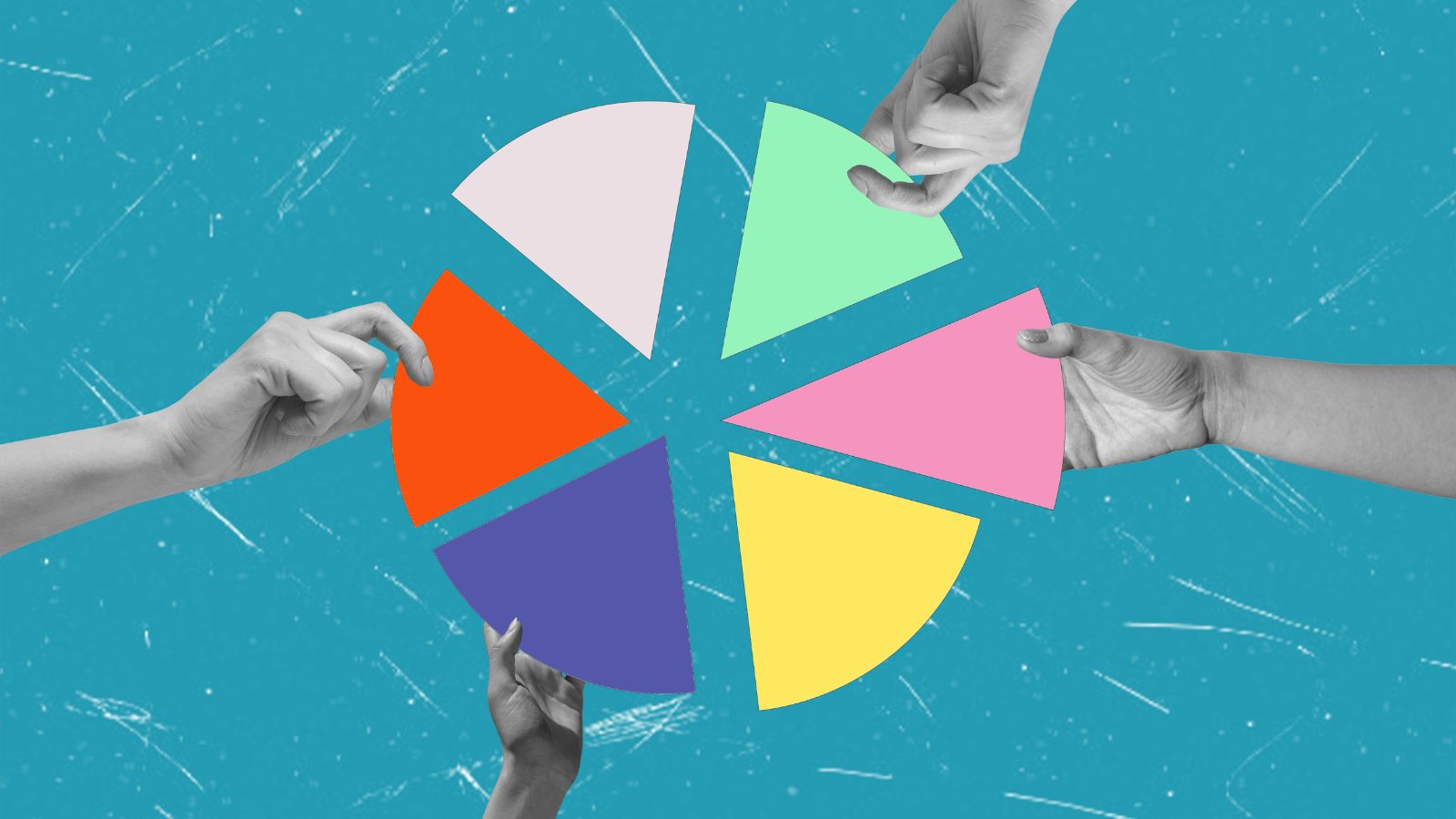
Instead of spending on digital goods or services, digital minimalists often prioritize experiences like travel, outdoor adventures and creative projects. This shift aligns with valuing experiences over digital possessions.
Focusing on Minimalist Design in Digital Workspaces
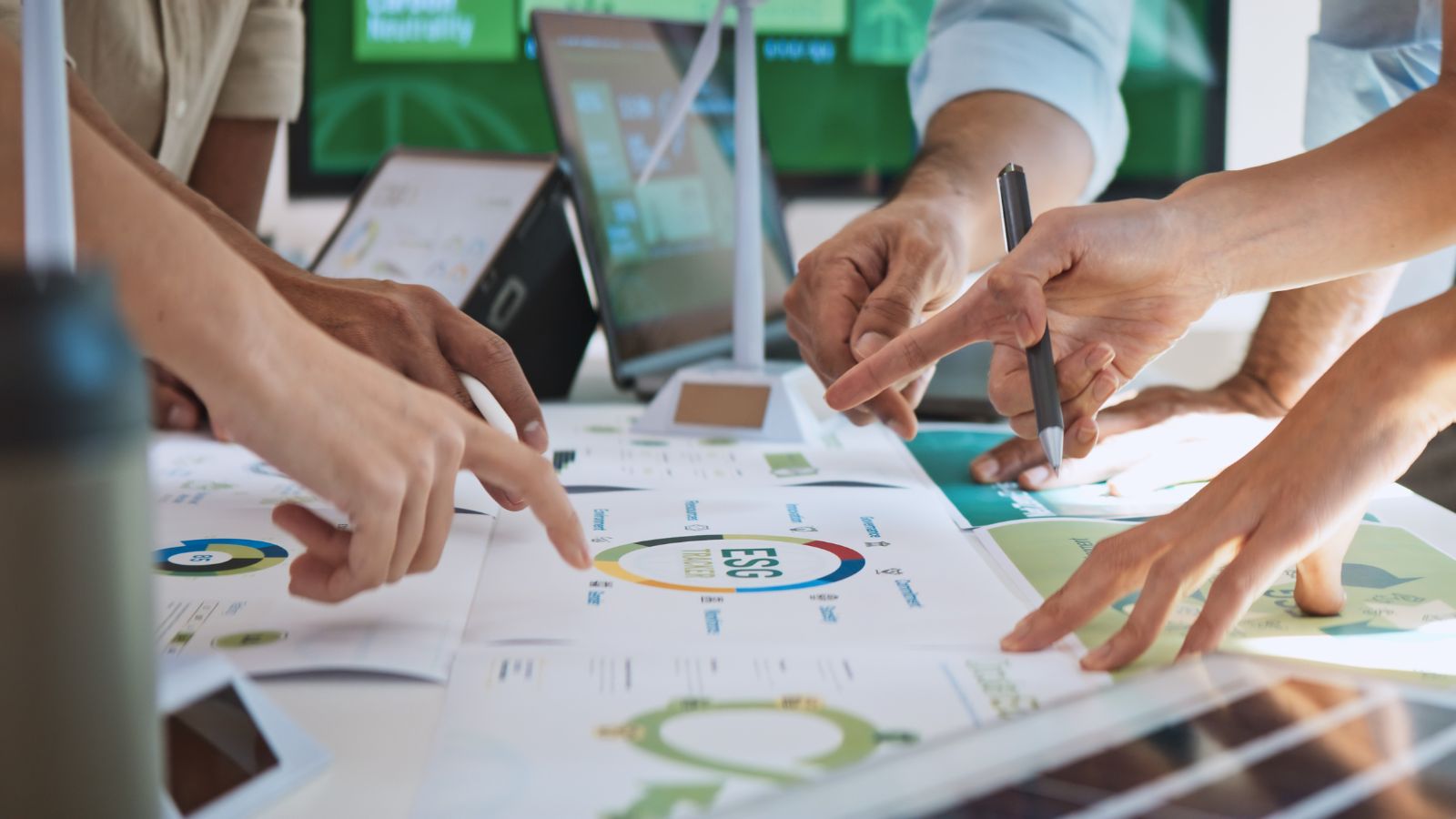
Digital minimalism is extending to virtual workspaces, where people use minimalist designs for desktops, cloud folders and task management apps. Clean, organized digital spaces reduce mental clutter and improve productivity.
Encouraging Digital Sabbaticals

Taking extended breaks from digital devices is becoming popular, often ranging from a weekend to a month. These sabbaticals allow individuals to fully unplug, reset and reconnect with the offline world.
Increased Focus on Mental Health Benefits
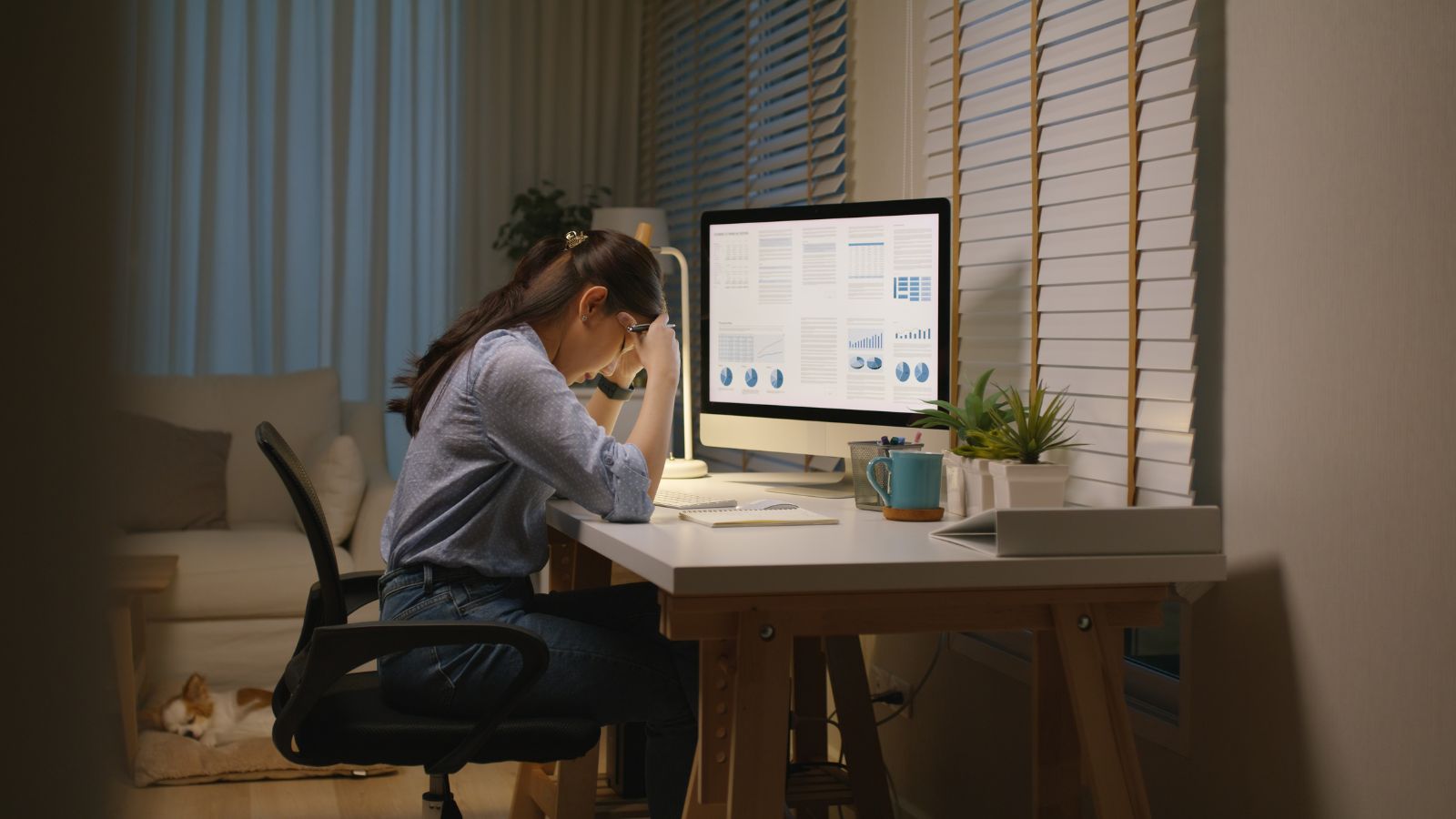
The mental health benefits of digital minimalism are widely recognized, with studies showing that reduced screen time correlates with lower stress, improved sleep and increased happiness. Many people are adopting digital minimalism for the emotional and mental clarity it provides.
18 Reasons Why People Are Leaving Florida in Masses

Exploring factors that impact the desirability of living in Florida, this list delves into various challenges shaping residents’ experiences. From environmental concerns like rising sea levels to economic factors such as fluctuating job markets, these issues collectively contribute to a nuanced understanding of the state’s appeal.
18 Reasons Why People Are Leaving Florida in Masses
